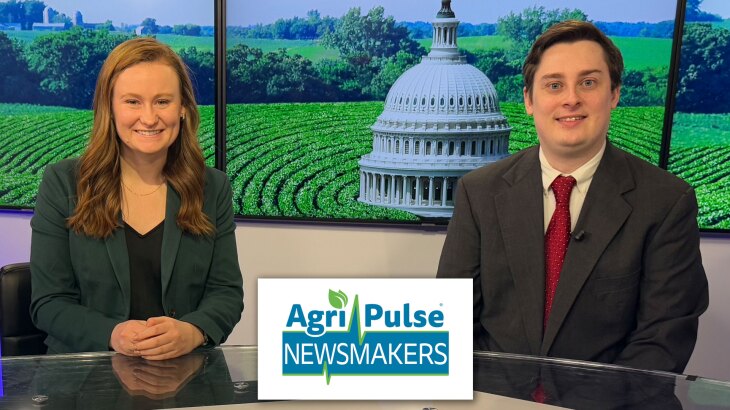As winter temperatures set in, apiarists and beekeepers are turning to innovative solutions to ensure the well-being of their colonies.
One such breakthrough is the “Hive Hugger,” a non-ventilation design that not only preserves moisture but also effectively insulates beehives to reduce winter weather stress and decrease honey consumption.
Created by Peggy DeSanto, the Hive Hugger has undergone preliminary studies in collaboration with the University of Minnesota Bee Lab, showing remarkable results. Compared to traditional tar paper hives, the product maintains hive temperatures 15 to 50 degrees warmer.
“The Hive Hugger hives ran 15 to 50° warmer and required 30- to 50-percent less honey consumption by the bees during winter,” noted
DeSanto.
This solution could help address the critical issue of winter losses while promoting resource efficiency. In regions with harsh winters, where approximately 55 percent of bee colonies are lost, this new product could potentially cut that percentage down to about 27 percent.





















